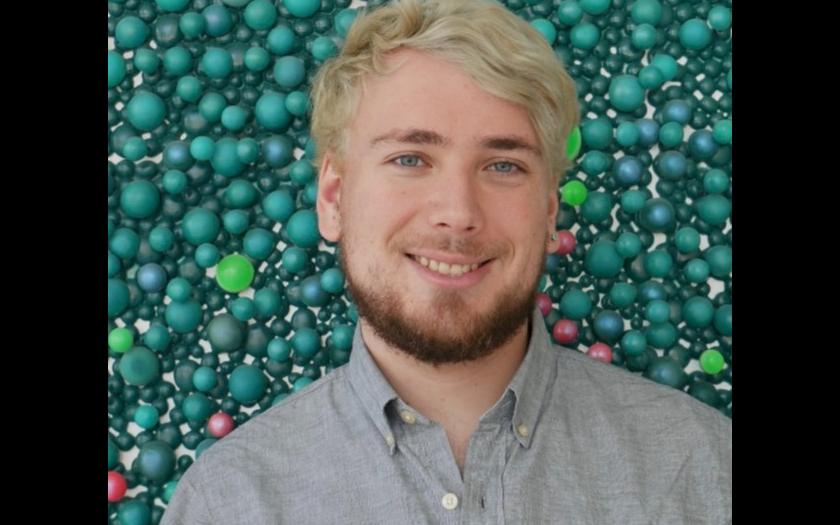Brown BME Spotlight: Stefan Lütschg Espinosa, Master’s Student

Stefan is a second-year Master’s student in Brown’s Biomedical Engineering Program and a member of Dr. Leigh Hochberg’s Lab.
Stefan Lütschg Espinosa is a second-year Master’s student in Brown’s Biomedical Engineering Program and a member of Dr. Leigh Hochberg’s Lab.
After moving from Chile to Miami to New England, Stefan received his undergraduate degree in biomedical engineering from Boston University. At Brown, Stefan’s thesis is focused on helping people with paralysis.
As an affiliate of Hochberg’s BrainGate Consortium, Stefan works tirelessly on brain-computer interfaces for people with spinal cord injuries and Amyotrophic Lateral Sclerosis (ALS). His work aims to enable people with neural implants to communicate through typing.
Many people with ALS become nonverbal. Stefan’s work hopes to bring back their voices.
What motivated you to choose Brown University for your studies?
I was interested in being a part of a community focused on innovation. “Brown has some really great pioneering labs that have contributed decades worth of groundbreaking research.”
At Brown, that research has a clinical component and is “actively applied to people that really need it.” Since coming to Brown, I’ve worked with human participants in clinical trials and seen “firsthand results of the really groundbreaking research we do.”
Now that I’m coming to the end of my time at Brown, I can confidently say that it has “been life-changing working, studying, and doing research here. And I don’t think I would be in the same position if I went and did my master’s at any other program in the country.”
Brown University is known for its flexible interdisciplinary approach. What’s your experience collaborating with researchers from outside your lab? Can you give an example?
Collaboration is essential to the kind of research that I’m working on for my master’s thesis.
My thesis project involves using neural decoders to detect when a person with a neural implant is signaling to press down their fingers, enabling them to type despite paralysis. “For someone with ALS or for somebody who’s fully locked in and can’t speak, I find that is absolutely groundbreaking research for them.”
“It’s always an interdisciplinary effort between neuroscientists, biologists, and engineers.” Combining these different areas of expertise, “lets me expand the horizons of my research. It lets me expand the ways I’m thinking about the work I’m doing.”
When that collaboration brings us out of the lab and into the field, “I’m not just working with computer models or simulations.” The clinical component shows me why my work matters—that my work can “revolutionize the lives of people who desperately need it.”
Who has played a significant role in shaping your academic journey?
My mom was a nurse and my dad was a mechanical engineer—they “played the biggest role in shaping what I want to do as a biomedical engineer…I was always exposed to these two worlds.” My dad taught me “how to think like an engineer” and be detail-oriented.
Throughout high school, I enjoyed exploring lots of different STEM classes. “I was excited to find out the ways you could combine all of these different fields.” Combining those interests with the world I saw my parents working in, I figured biomedical engineering was the right path for me.
What do you like to do outside the lab?
I play the guitar, violin, and bass. When I’m not listening to live music or creating my own, I’m a big college hockey fan—I’m always rooting for Boston University and Brown. While I’ve never played, “I have been practicing ice skating a lot.”
I also love cheering on the Boston Bruins and Miami Heat. “Basketball is where I break with New England.”
What question do you wish I had asked?
I’m thinking back to my experiences working with the faculty at Brown, “Dr. Leigh Hochberg is brilliant—a genius who knows so much about this field.” I’ve also loved “working with longtime neuroscience faculty, such as Professor Dr. John Donoghue ” and “taking classes with Dr. David Borton.”
Everyone here has “such unique experiences in their respective fields…I’m always learning something whenever I talk to any of them.”